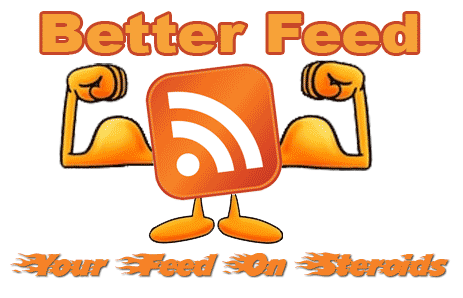Flash is a hybrid application that is like no other application. On the immediate surface, it may seem (to some) to be a simple hybrid between a Web-oriented bitmap handler, and a vector-drawing program, such as Macromedia FreeHand or Adobe Illustrator. But while Flash is indeed such a hybrid, it’s also capable of much, much more. It’s also an interactive multimedia-authoring program and a sophisticated animation program suitable for creating a range of animations — from simple Web ornaments to broadcast-quality cartoons. As if that weren’t enough, it’s also the host of a powerful and adaptable scripting language.
ActionScript has evolved from a limited drag-and-drop method of enabling animation to a full- fledged object-oriented programming language very similar to JavaScript. Flash ActionScript can work in conjunction with XML (eXtensible Markup Language), HTML, and many other applications and parts of the Web. Flash content can be integrated with many server-side technologies including Flash Remoting MX and Flash Communication Server MX, and the Flash Player offers built-in support for dynamically loading images, MP3s, movies, and other data. Flash can work seamlessly with ColdFusion MX 6.1 and XML socket servers to deliver streamlined dynamic interactive experiences.
So, what’s this evolving hybrid we call Flash really capable of? That’s a question that remains to be answered by developers such as you. In fact, we’re hoping that you will master this application and show us a thing or two. That’s why we’ve written this book: to put the tool in your hands and get you started on the road to your own innovations.
Because Flash is a hybrid application capable of just about anything, a good place to start working with this powerhouse is to inquire: What are the components of this hybrid? And if they were separated out, how might their capabilities be described? Those are the questions that we answer in this chapter.
Bitmap handler
In truth, Flash has limited capabilities as an image-editing program. It is more accurate to describe this part of the Flash application as a bitmap handler. Bitmap images are composed of dots on a grid of individual pixels. The location (and color) of each dot must be stored in memory, which makes this a memory-intensive format and leads to larger file sizes. Another characteristic of bitmap images is that they cannot be scaled without compromising quality (clarity and sharpness). The adverse effects of scaling an image up are more pronounced than when scaling down. Because of these two drawbacks — file sizes and scaling limitations — bitmap images are not ideal for Web use. However, for photographic-quality images, bitmap formats are indispensable and often produce better image quality and lower file sizes than vector images of equivalent complexity.
Vector-based drawing program
The heart of the Flash application is a vector-based drawing program, with capabilities simi- lar to either Macromedia FreeHand or Adobe Illustrator. A vector-based drawing program doesn’t rely upon individual pixels to compose an image. Instead, it draws shapes by defining points that are described by coordinates. Lines that connect these points are called paths, and vectors at each point describe the curvature of the path. Because this scheme is mathe- matical, there are two distinct advantages: Vector content is significantly more compact, and it’s thoroughly scalable without image degradation. These advantages are especially signifi- cant for Web use.
Vector-based animator
The vector animation component of the Flash application is unlike any other program that preceded it. Although Flash is capable of handling bitmaps, its native file format is vector- based. So, unlike many other animation and media programs, Flash relies on the slim and trim vector format for transmission of your final work. Instead of storing megabytes of pixel infor- mation for each frame, Flash stores compact vector descriptions of each frame. Whereas a bitmap-based animation program (such as Apple’s QuickTime) struggles to display each bitmap in rapid succession, Flash quickly renders the vector descriptions as needed and with far less strain on either the bandwidth or the recipient’s machine. This is a huge advantage when transmitting animations and other graphic content over the Web.
Video compressor
Flash Player 6 and 7 include a built-in video engine — the Sorenson Spark codec — which means that the Flash Player plug-in can be considered one of the world’s smallest video
Langganan:
Posting Komentar (Atom)


0 komentar
Posting Komentar